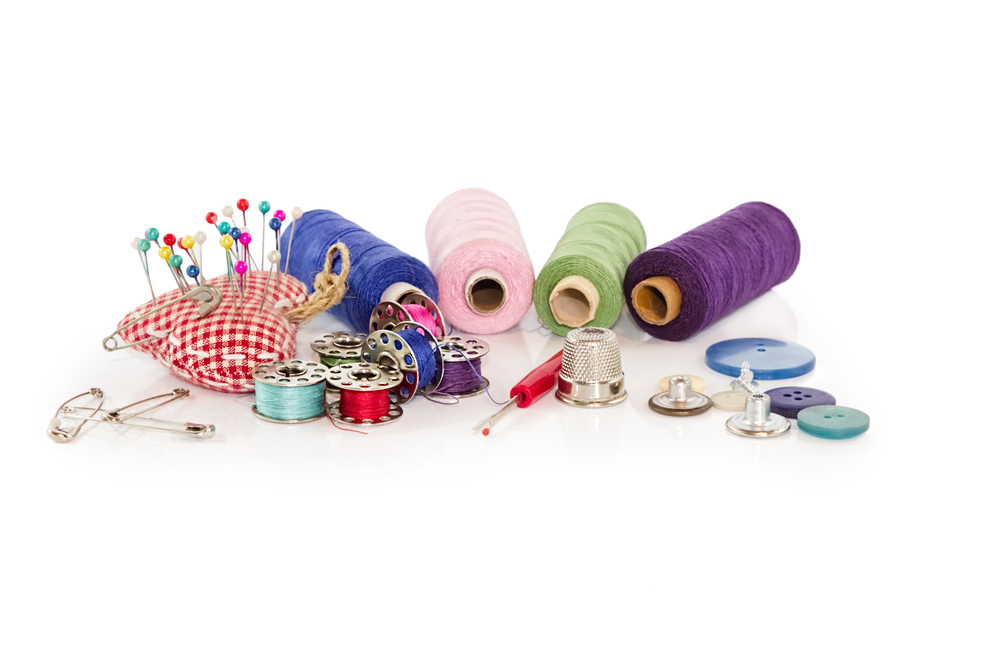Thread, like every other thing on earth, has its own unique history. For the majority of people, thread is a common and twisty element that is used to sew and stich fabric. Thread is made from a number of things including: linen, jute, fiber, wool, and cotton, silk and yarn. By the way, if you’ve been thinking about the Brother XM2701 machine, we just released a review on it.
The History of Thread
Thread that was used in the primeval era was made out of animal skins. The thread was made by cutting animal skin into very thin strips. Civilization brought a lot of modification to the making of thread. For example, ancient Egyptians were experts at making thread from wool and plant fiber.
In 1730, the first cotton thread was spun using a machine in England. From then on, the technology of making thread spread like wildfire across the globe. The sewing machine was also invented during the industrial revolution.
Sewing thread has undergone many changes over time as result of technological advancements. These advancements include but are not limited to: the invention of industrial sewing machines, synthetic fibers, and cotton mercerization.
What is Thread?
Thread is made of a series of cords twisted together. Twisting and plying helps create a stronger unit compared to the original strands alone. Sewing thread are yarns, which are able to perform stitching efficiently and quickly. They should be able to form fine stitches, and stable uniform seams for efficiency.
Good sewing threads must show the following things:
- Shade matching
- Color fastness
- Right stitch formation
There Are A Variety Of Sewing Threads
There is a variety of sewing threads in the market. This being the case, it may be strenuous for you to find the right thread for your task especially when you are new to sewing. When engaging in a sewing project, it is important for you to understand, for example, the differences between cotton, silk and polyester.
You also need to clearly understand the benefits of using each one of the threads. This is because thread choice is a very important aspect of effective sewing. If you choose the wrong type of thread, your sewing project will be flawed fundamentally.
First Step is to Establish the Type of Sewing
Before choosing the thread, it is important to establish the kind of sewing you will be engaged in. It can be darning, embroidery or basic sewing. You must ensure that the thread you are using is of good quality, proper thickness and appropriate color.
The thickness of the thread affects its strength and durability. Additionally, it can limit you to using only a particular kind of sewing machine. Thick threads are usually more likely to be seen on the clothing.
The Thickness of Thread Matters
If you want to avoid your clothes looking very handmade, you should utilize thinner thread. This will ensure that the seams appear flawless. By and large, the right type of thread to use is usually determined by the fabric.
The thread should match color, weight, size and other properties of the fabric you are using. When buying thread you should be aware that quality thread comes at a cost. Cheap thread lacks quality and shows on your garment.
The Quality of Thread is Very Important Too
Choosing the wrong thread for your sewing project may have disastrous effects on your clothes. For example, if you use a very thin thread for darning, there are chances that the holes you have patched up will not remain that way for long.
There are all purpose polyester threads that are available to people who are not well experienced in the art of choosing the right thread. These threads come in a variety of colors, and generate equally good results.

